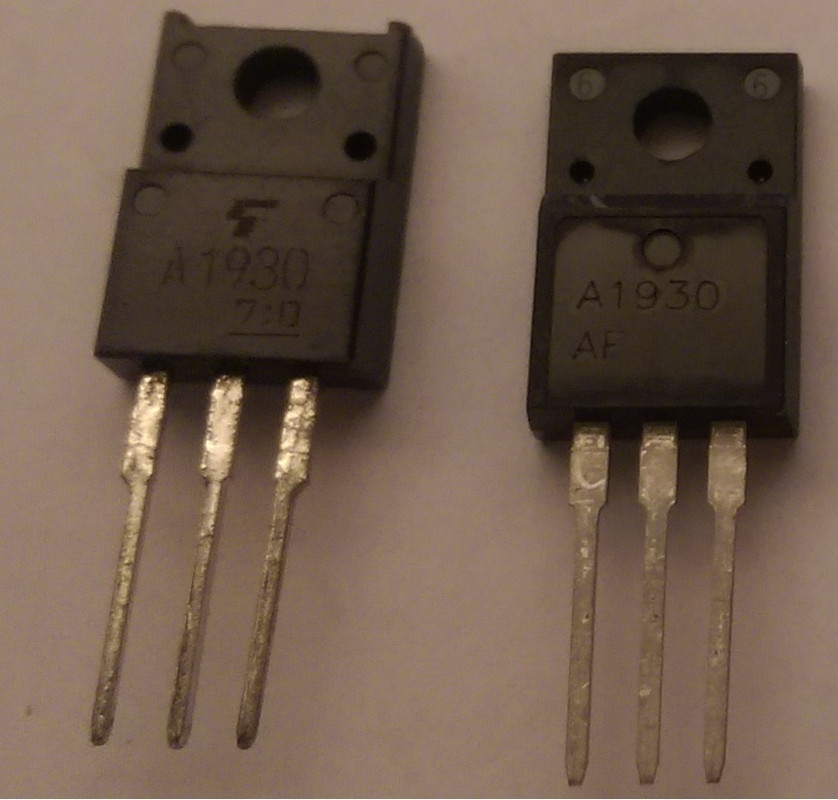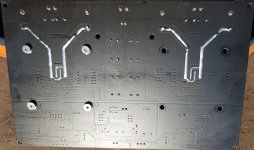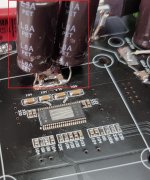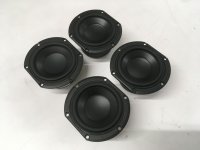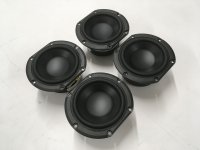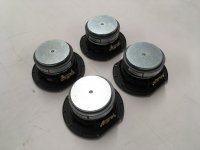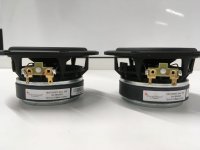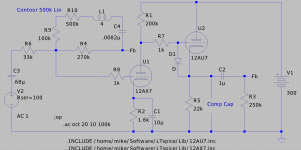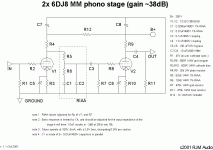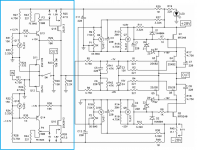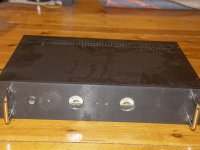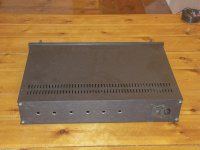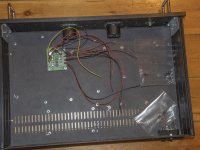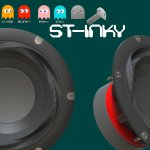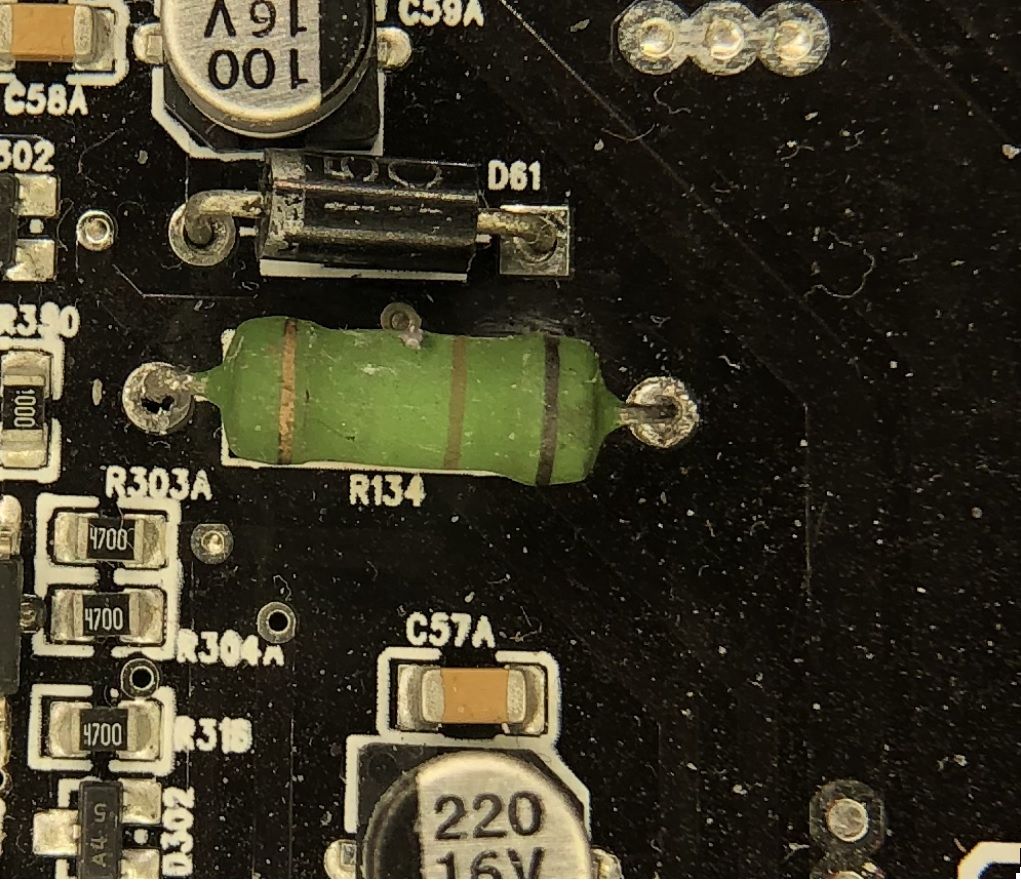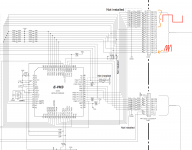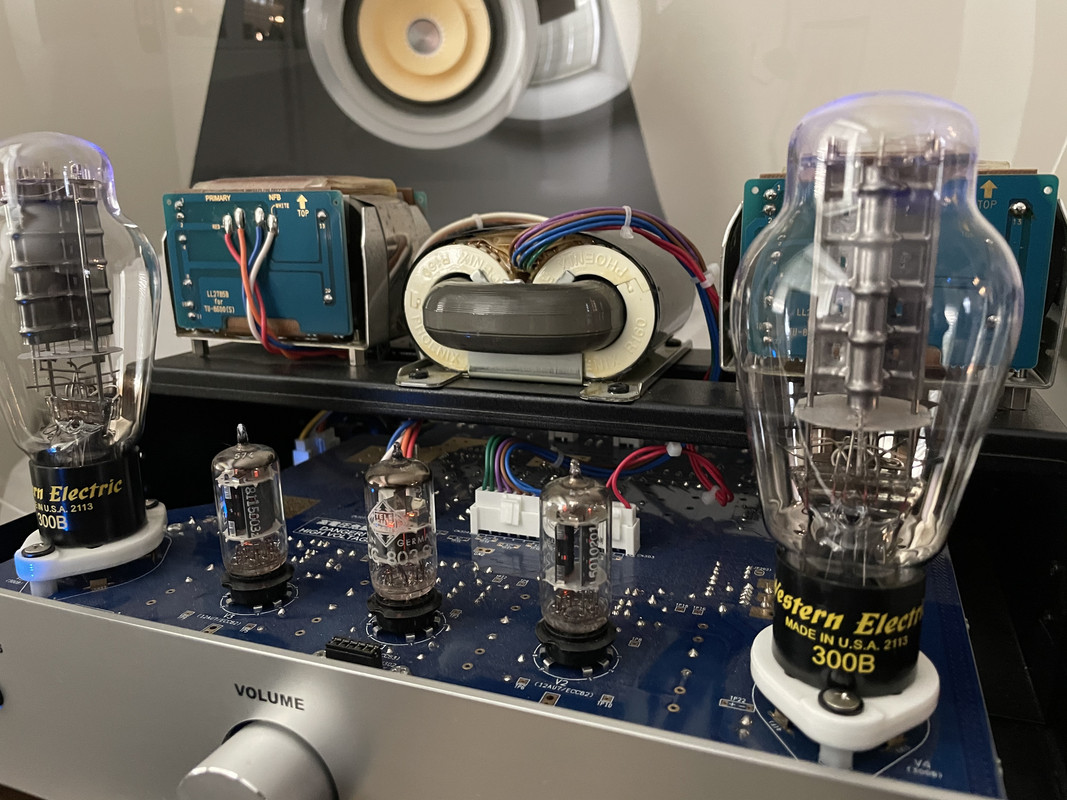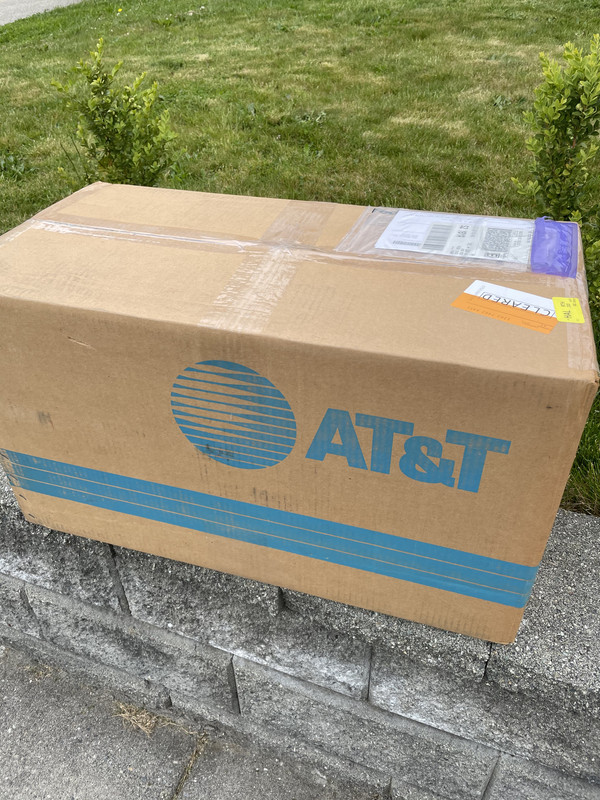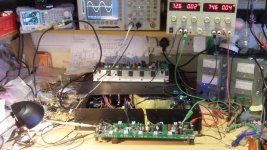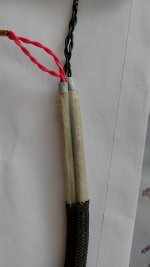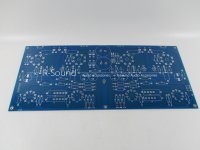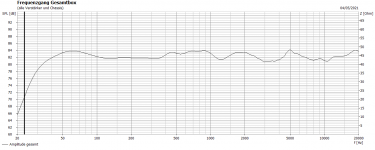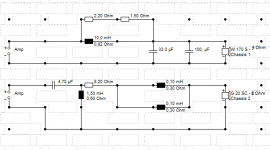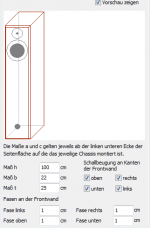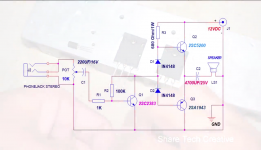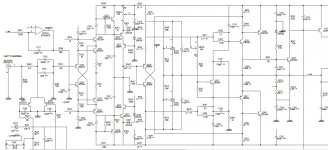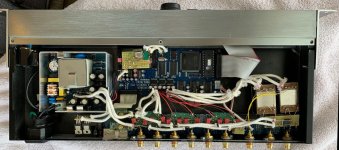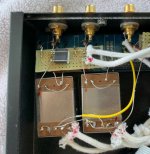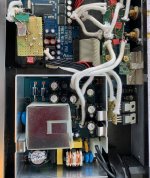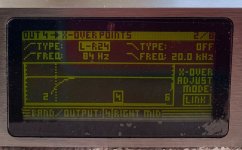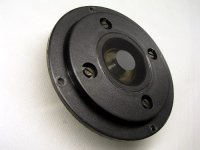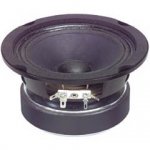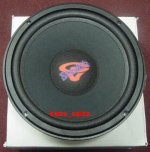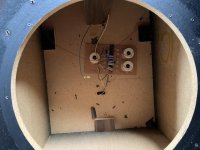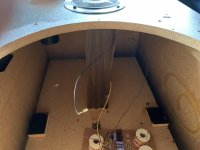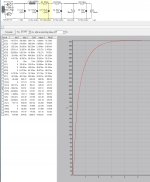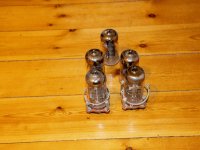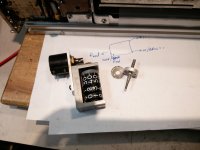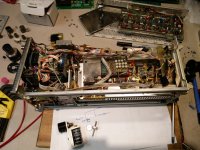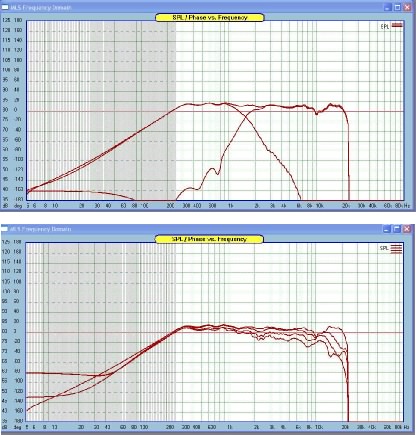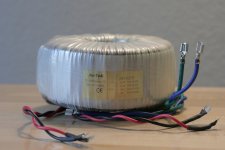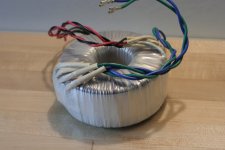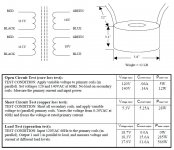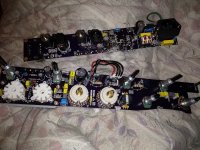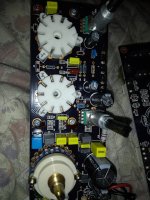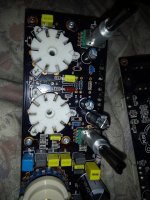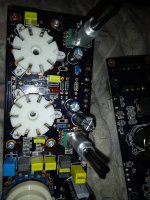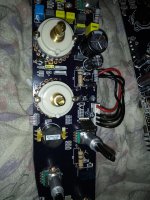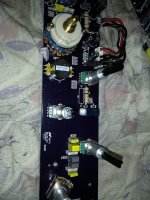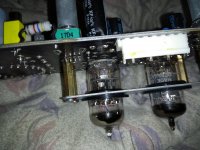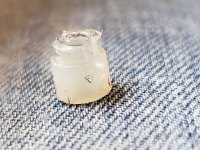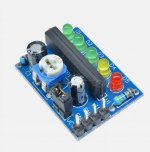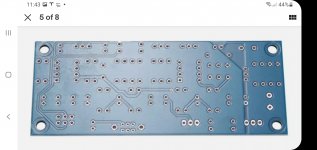I apologize in advance if this question shows my inexperience, or comes across as asking for a free education without putting in the work. I'm hoping someone might be able to tell me what is going on here, or at least point me in the right direction so I can figure it out myself. Anyway...
The attached schematic is for the preamp/power amp section of my Lafayette LA-226C stereo receiver, a rebadged Trio WX-400. I recapped it and cleaned it up, and now it sounds very nice, and generally speaking I'm very happy with it. I just want to know more about how this circuit works. Only one channel is shown in the schematic, of course. The rest is mostly not pertinent.
My question stems from what's going on with the cathodes of the output tubes. As you can see, the two cathodes are tied together--the other two 6BQ5s have their cathodes tied into the same node as well. I realize that this is not a particularly unusual practice, especially for amps of this time period. I have a matched quad of JJ EL84s in it, since this means they are all biased together.
What I can't figure out for the life of me is why there are two resistors seemingly forming a voltage divider, with a 9V output going to the grids of the output tubes through those 470kOhm resistors. Is this intended to add a positive bias to the control grid? Or something else? Maybe loading the cathodyne phase inverter?
OK, if by some miracle I got that part right, now comes the really confusing part (for me, anyway). On our way down to the cathode resistors, we also see two series tube heaters in parallel with the cathode resistors. So, I assume that with the resistance of the heaters in parallel with the cathode resistors, they are also an important part of biasing the output tubes. Furthermore, I guess this means that the 150V 40uF capacitor serves both to smooth the DC for the filaments of V13 and V14, as well as a cathode bypass cap... I think??? Since it seems like the heaters of V13 and V14 are important for the output tubes' bias, I have made sure that I put healthy tubes here. More on them later.
Finally, to top it all off, maybe everything I just said is basically moot, or not, because where you see the little "K" with a circle around it leads to a little humdinger-type potentiometer (100k, linear) between the +/- of a 5V 0.3A secondary of the power transformer. So I don't know how that affects the bias, if at all. Interestingly enough, the hum balance knob doesn't do anything. The receiver is already absolutely dead silent. (woohoo!)
So how does one calculate the cathode resistance/current through the output tubes?
The reason I ask is because, in addition to my own curiosity, I may eventually like to modify this part of the circuit. It is my understanding that with the tubes biased this way, a matched quad is necessary, and if one of them goes down, the others go with it. For the sake of reliability, it might be nice to change this so each tube, or at least each p-p pair, gets its own cathode resistor (and cap, if necessary). Also, again for the sake of reliability, it would be preferable imo to have the heaters of V13 and V14 out of the circuit. In fact, I've noticed the power transformer runs pretty hot, so maybe in the long run the best move would be to pull V13 and V14 entirely. V13 and V14 comprise the RIAA preamp, which I don't ever intend to use--this receiver doesn't even have a ground screw, and I've got other, better phono preamps anyway. I should also note that I'm not concerned about the resale of the unit, so any (reasonable) mods don't bother me, and shouldn't bother you either 😉
Sorry for being so long winded. Can anybody help??
